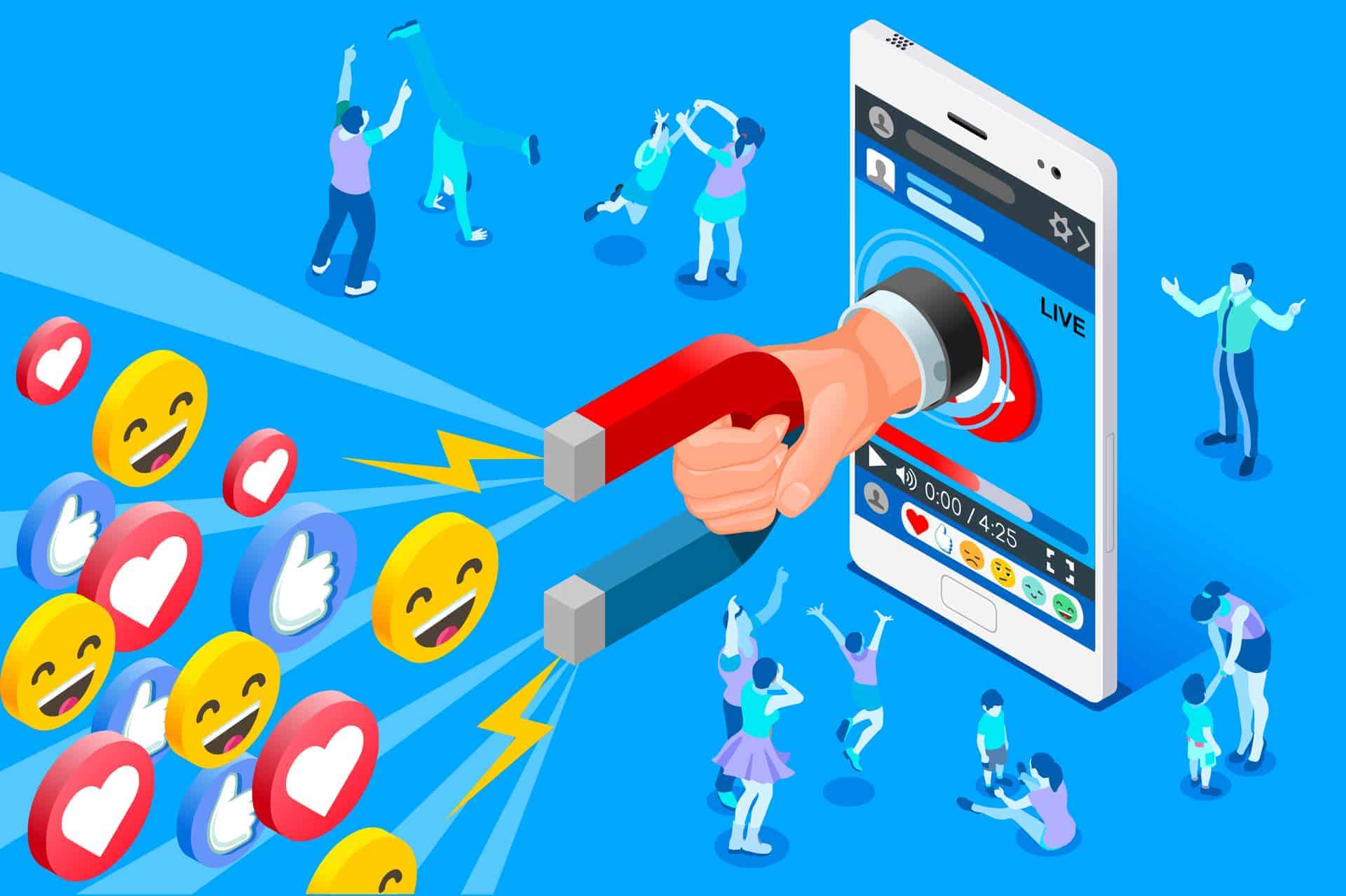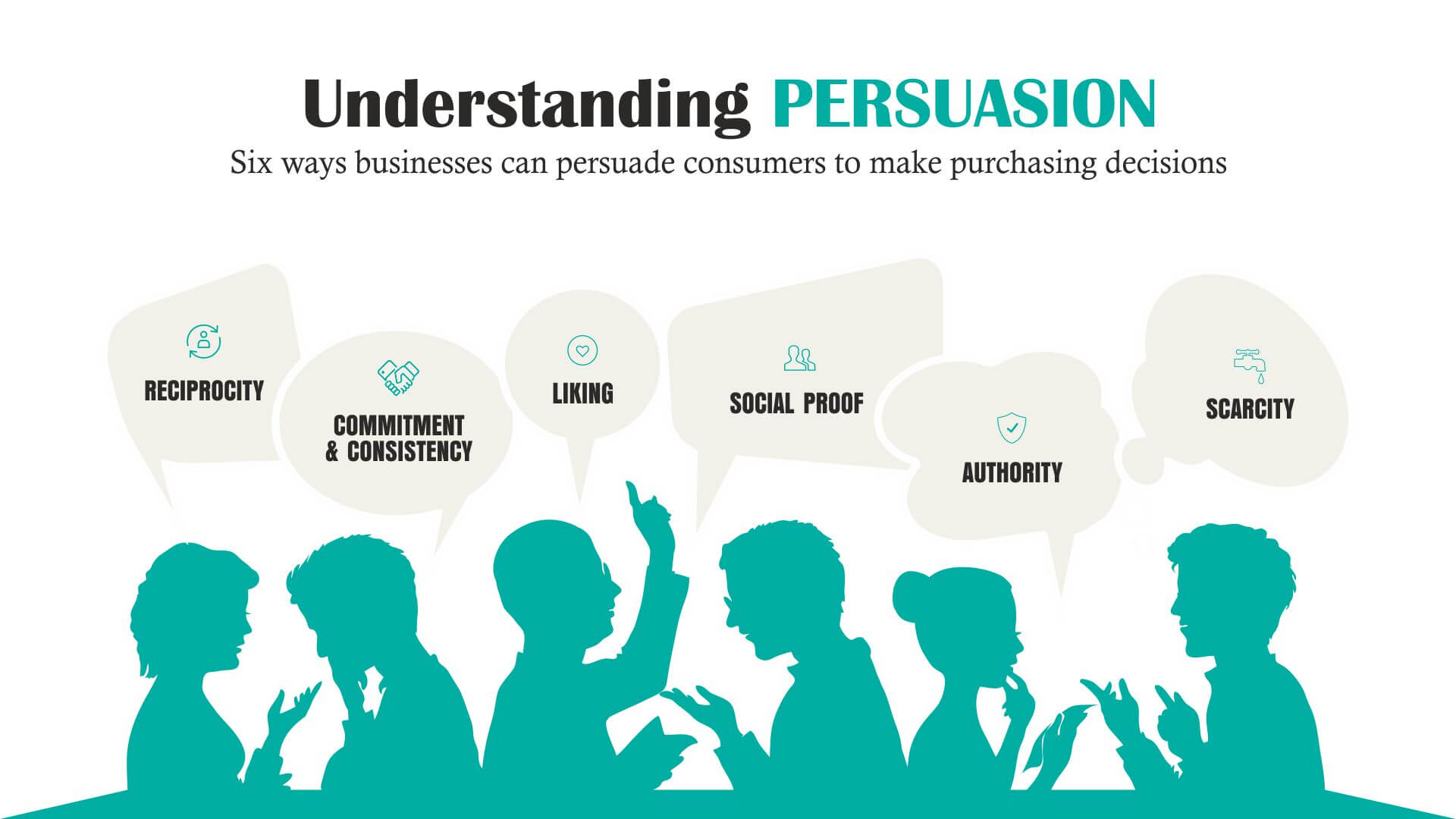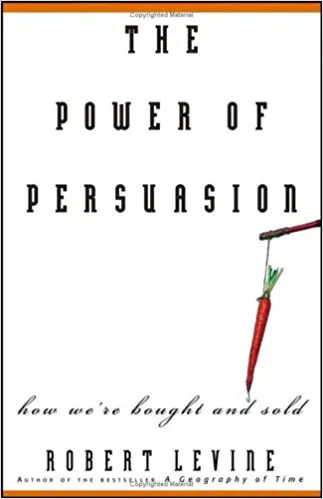Unlocking the Power of Persuasion: How to Sell Your Product with Clarity and Confidence

As an interior design expert and architect, I’ve helped countless clients transform their spaces into beautiful, functional havens. But beyond the aesthetics, I’ve learned a crucial truth: understanding your customer’s needs and desires is the key to unlocking successful sales.
This isn’t about simply listing features; it’s about crafting a compelling narrative that resonates with your ideal customer. To do this effectively, you need to understand their pain points, their aspirations, and how your product or service can help them achieve their goals.

Let’s break down this process into actionable steps:
1. Know Your Audience:
- Who is your ideal customer? Define their demographics, lifestyle, interests, and motivations.
- What are their pain points? What problems are they facing? What frustrations are they experiencing?
- What are their goals? What are they hoping to achieve? What are their aspirations for the future?


Example:

Let’s say you’re selling a high-end kitchen appliance. Your ideal customer might be a busy professional who values quality, convenience, and a stylish kitchen. Their pain points could be spending too much time cooking, feeling overwhelmed by meal prep, or wanting a kitchen that reflects their refined taste. Their goals might be to cook healthier meals, entertain guests effortlessly, and create a beautiful space they love spending time in.
2. Identify Key Features and Benefits:

- Features: What does your product or service do? What are its technical specifications and functionalities?
- Benefits: How does your product or service help your customer? What problems does it solve? What value does it bring to their lives?


Example:

Feature: Your kitchen appliance has a built-in timer and a pre-programmed setting for roasting vegetables.
Benefit: This feature saves your customer time and effort, allowing them to cook healthy meals quickly and easily. It also ensures perfect results, reducing the stress and frustration of overcooked or undercooked vegetables.
3. Translate Features into Benefits:

- Focus on the "why" not the "what." Don’t just list features; explain how they benefit your customer.
- Use strong verbs and emotional language. Connect with your customer on a personal level by highlighting the feelings and experiences your product or service can deliver.
- Emphasize the "value proposition." What makes your product or service unique and worth the investment?


Example:
Instead of saying "Our appliance has a timer," say "Our appliance frees up your time so you can spend more quality moments with your family."
4. Tailor Your Message to Different Audiences:

- Different customers have different priorities. Tailor your messaging to address their specific needs and desires.
- Use different channels to reach different audiences. Consider social media, email marketing, targeted advertising, and word-of-mouth referrals.
Example:
If you’re marketing to a busy professional, you might emphasize the time-saving features of your product. If you’re marketing to a young family, you might focus on the safety and convenience features.
5. Use Storytelling to Create an Emotional Connection:
- Stories are powerful tools for persuasion. They help your customers visualize themselves using your product or service and experiencing its benefits.
- Focus on the "before and after" scenario. Show how your product or service can transform your customer’s life for the better.
- Use real-life examples and testimonials. Social proof can be highly persuasive.
Example:
Instead of simply stating "Our appliance makes cooking easier," tell a story about a busy professional who used to dread meal prep but now enjoys cooking healthy meals for their family thanks to your appliance.
6. Demonstrate Value Through Proof:
- Back up your claims with evidence. Use data, statistics, customer reviews, and case studies to demonstrate the effectiveness of your product or service.
- Offer free trials or demos. Let your customers experience the benefits firsthand.
- Provide guarantees and warranties. Show your confidence in your product and build trust with your customers.
Example:
Instead of simply saying "Our appliance is durable," provide data on the appliance’s lifespan and offer a warranty to back up your claim.
7. Use a Clear and Concise Call to Action:
- Tell your customers what you want them to do. Do you want them to visit your website, make a purchase, or sign up for a newsletter?
- Make it easy for them to take action. Provide clear instructions and a simple way to complete the desired action.
Example:
Instead of simply saying "Visit our website," say "Visit our website today to learn more about our products and schedule a free consultation."
Remember:
- Focus on the customer’s needs and desires. What are their pain points and goals? How can your product or service help them achieve their aspirations?
- Translate features into benefits. Explain how your product or service makes their lives better.
- Use storytelling to create an emotional connection. Help your customers visualize themselves using your product or service and experiencing its benefits.
- Provide proof and build trust. Back up your claims with evidence and offer guarantees and warranties.
- Make it easy for your customers to take action. Provide a clear call to action and make it simple for them to complete the desired action.
By following these steps, you can craft a compelling message that resonates with your ideal customer and drives sales. Remember, the key to effective persuasion is to understand your customer’s needs, highlight the benefits of your product or service, and create a clear and concise call to action. With a little effort and creativity, you can unlock the power of persuasion and achieve your business goals.

